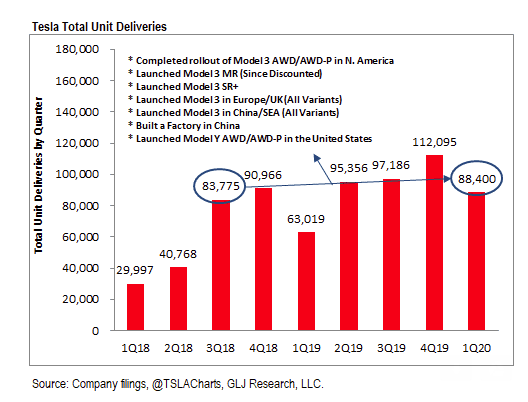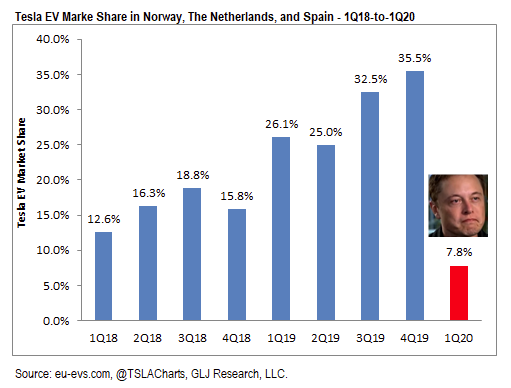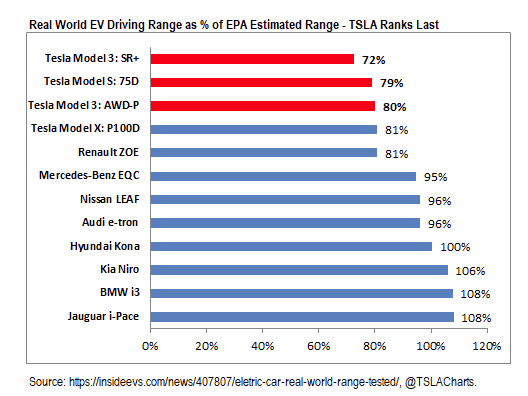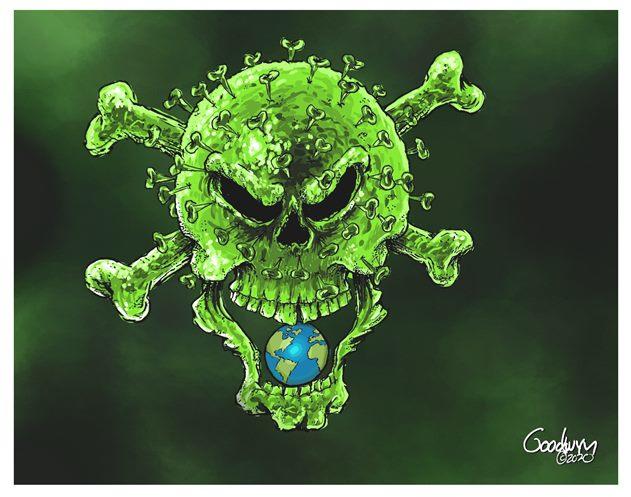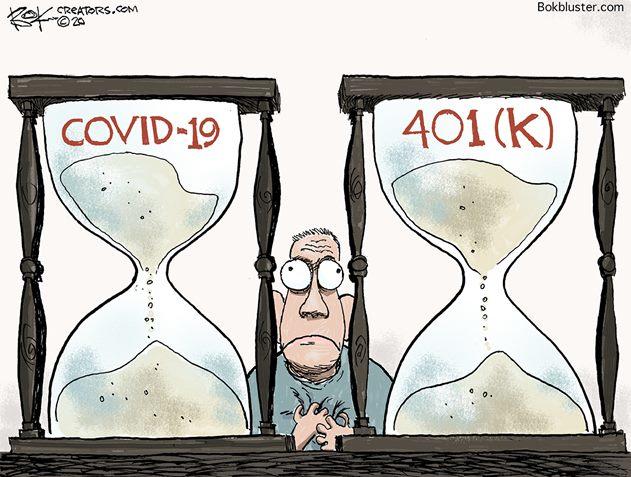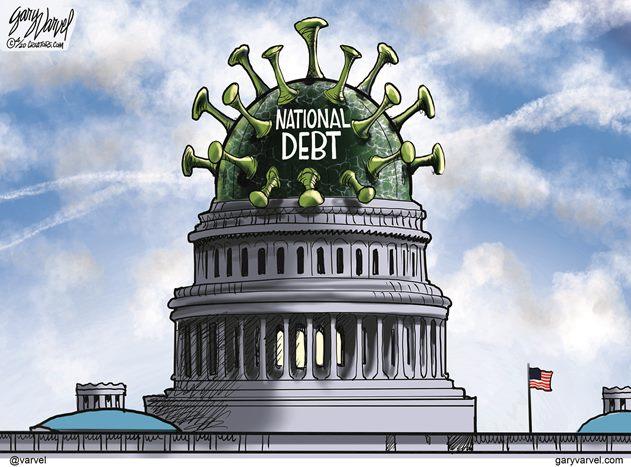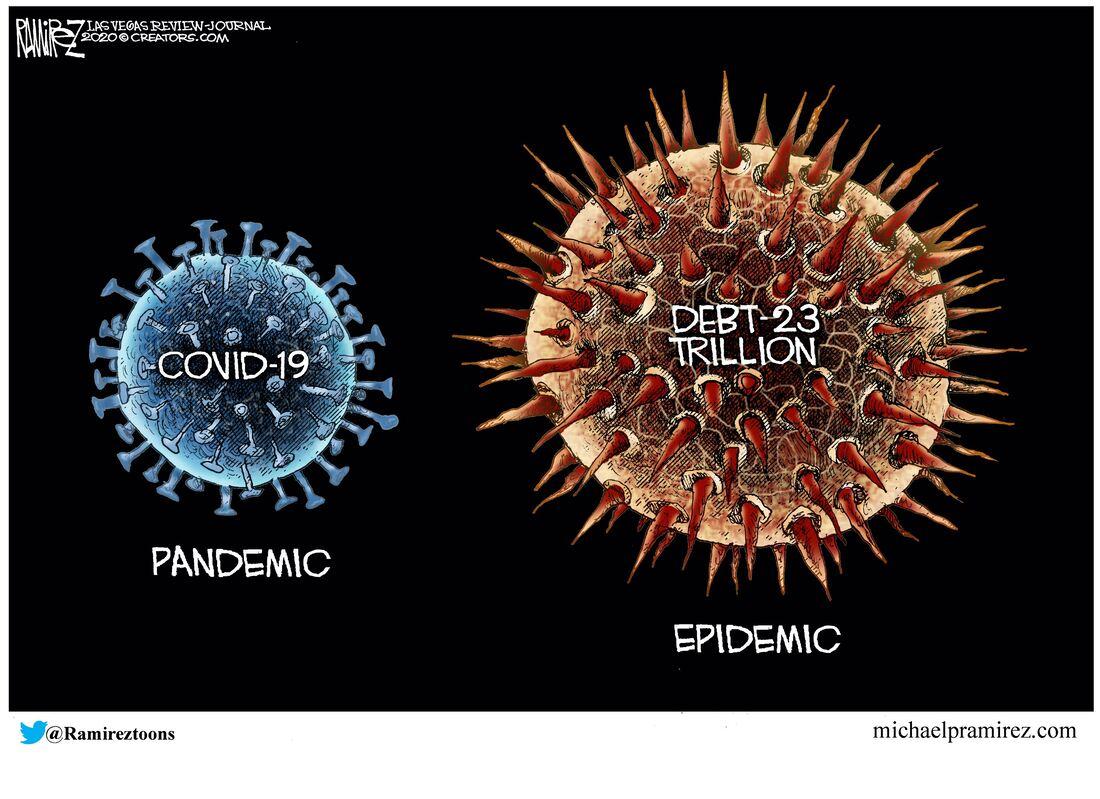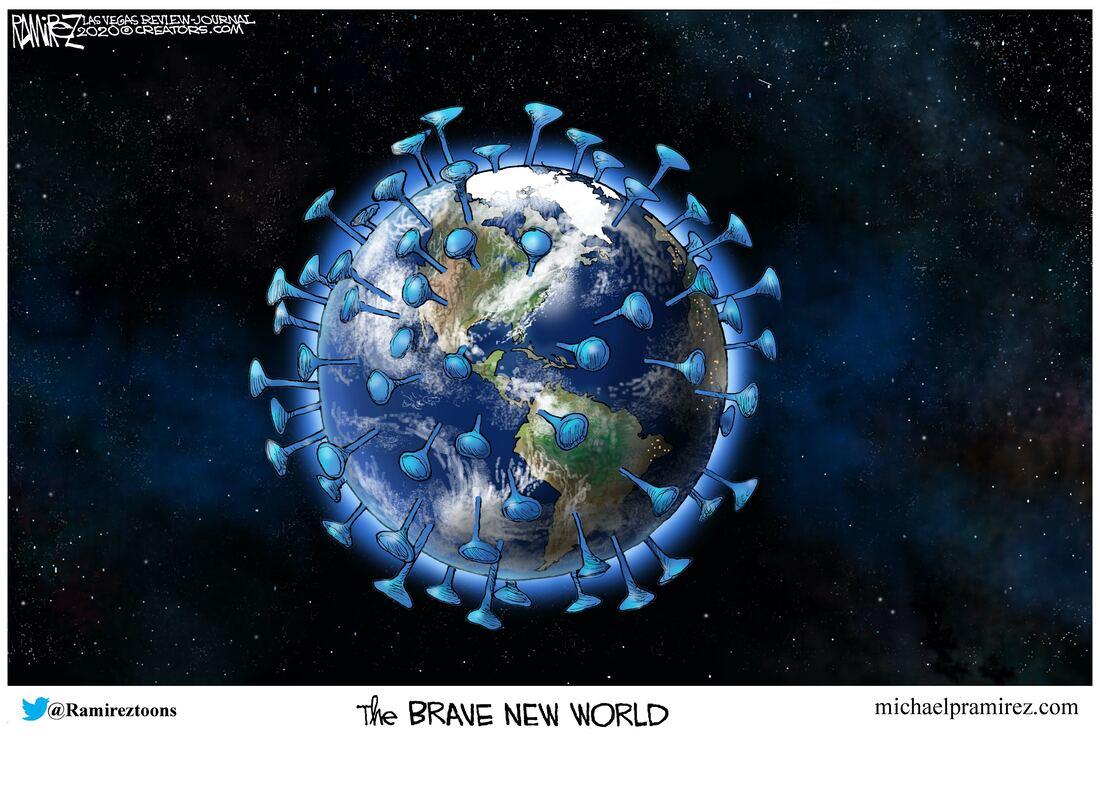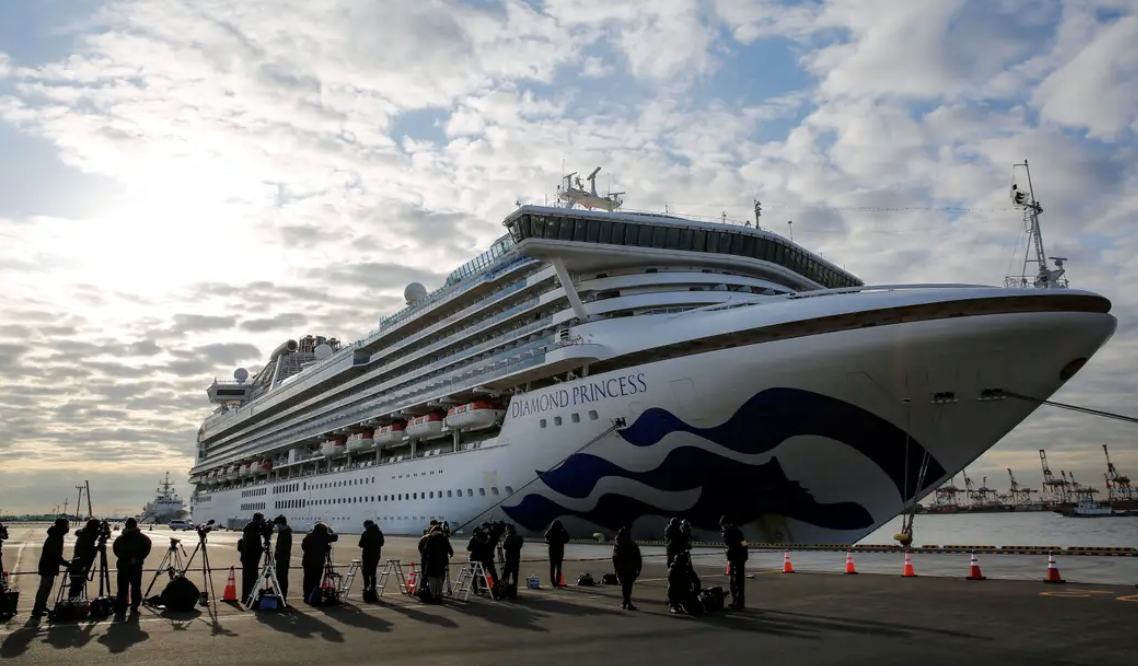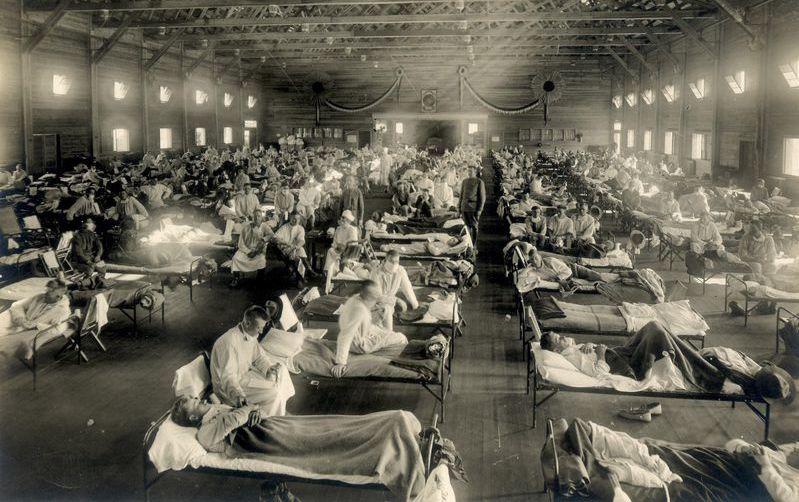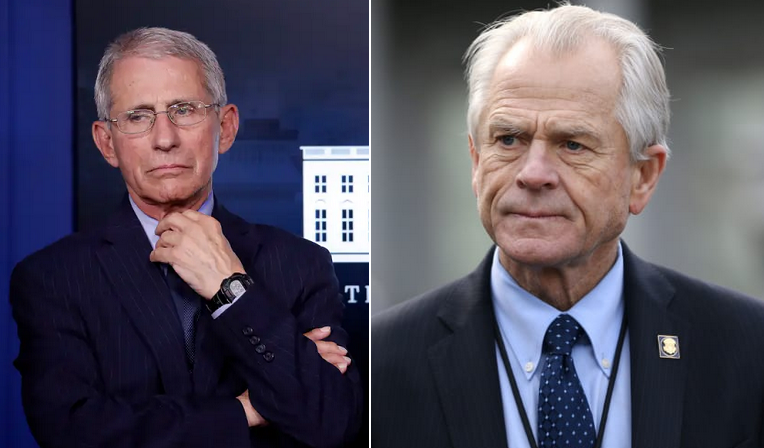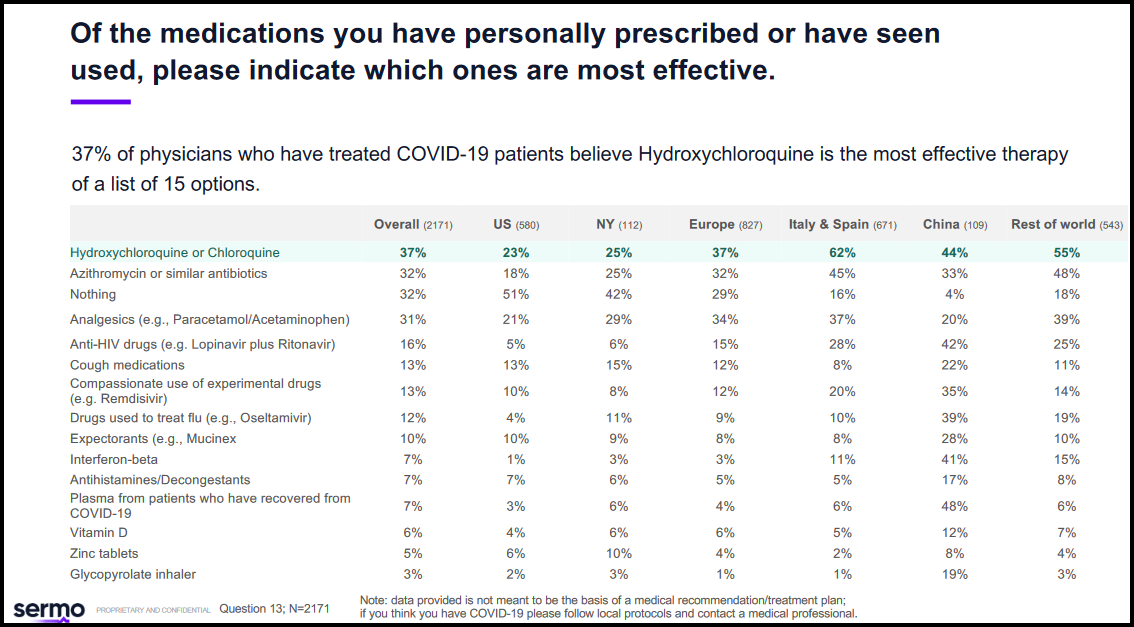China Prepares To Close “Oil Deal Of A Lifetime” In Iraq
Authored by Simon Watkins via OilPrice.com,
Over the past week or so, China has eased quarantine measures in Wuhan – the city in which the global coronavirus pandemic began – with the entire lockdown scheduled to end on 8 April. With China’s President Xi Jinpiang having visited the city just a few days ago, the industrial economy across China as a whole is back working and operating at levels even above the pre-coronavirus rates, although the service sector remains more cautious.
For the oil industry, this means that China is back and busy taking up where it left off in terms of exploring and developing new field opportunities.
This is at a time when the U.S. is just beginning to see the full onset of coronavirus mayhem.
There has been no clearer sign of this move by China than last week’s awarding of a US$203.5 million engineering contract for Iraq’s supergiant oil field, Majnoon, to the little known China Petroleum Engineering & Construction Corp (CPECC).
With the U.S.’ focus increasingly on fire-fighting the coronavirus outbreak at home, Beijing has good reason to believe that it has largely a clear run at target country Iraq, provided that it does not stick it too much in the U.S.’ craw. This specifically means continuing to develop oil and gas field opportunities in geopolitically ultra-sensitive areas, such as Iraq, on the basis of rolling contracts for specific work undertaken by companies that are not top of the U.S.’ radar, like CPECC.
This method is also being used by Russia, and the focus of it right now is Iraq and Iran, two countries that are right in the centre of the Middle East and vital to both China’s ‘One Belt, One Road’ multi-generational dominance strategy and to Russia’s ongoing attempt to sequestrate the entire Middle East.
Majnoon is a key focus in Iraq because it has so much oil that its very name in Arabic means ‘insane’, to signify the insane amount of oil that has always been present there. Before the U.S. noticed that China was stealthily acting hand in glove with Russia to provide the money where the muscle had been put in place, the ever-fractious senior Iraqi politicians had offered China a stunningly lucrative deal for the development of the Majnoon field. Specifically, the terms of the deal were that China would obtain a 25-year contract but one that would officially start two years after the signing date. This would allow China to recoup more profits on average per year and less upfront investment.
Also enormously beneficial for Beijing was that the methodology for working out per barrel payments to it would be the higher – the Chinese would choose – of either the mean average of the 18 month spot price for crude oil produced, or the past six months. Additionally, China would receive a discount of at least 10 per cent for at least five years on the value of the oil it recovered.
And oil there is aplenty. Located around 60 kilometres to the north east of the main southern export terminal of Basra, the Majnoon supergiant oil field is one of the largest oil fields in the world, with an estimated 38 billion barrels of oil in place. Due to the legacy of both the Iran-Iraq War and the U.S. incursions, from when the licence on the field was awarded on 11 December 2009 by the Iraq government to Shell Iraq Petroleum Development (SIPD) – in conjunction with its Malaysian partner, Petronas, and Iraq’s Missan Oil Company – it took nearly 18 months simply to clear 28 square kilometres of land of explosives, prior to constructing and opening the first well. Production was then formally restarted on 20 September 2013 and, within a very short timeframe, the consortium had already managed to boost output to the 175,000 barrels per day (bpd) first commercial production target (also the threshold for cost-recovery payments for Shell).
By the end of the first quarter of 2014, the field was churning out an average of 210,000 bpd, according to figures from Shell and Baghdad. Indeed, the first shipment of crude oil to Shell Trading occurred on 8 April that year and, despite the floods that hit the fields in early 2019, the longer-term original production target figures designed for the Shell-led consortium still stand: the first production target of 175,000 bpd (already reached and surpassed), and the plateau production for the site of 1.8 mbpd.
The International Energy Agency projected output of 550,000-950,000 bpd production by 2020, and 700,000-1 million bpd at some point in the 2030s, although due to the flooding and recent political upheavals – plus the effects of the coronavirus – the timing has slipped. Even with these caveats, though, China’s part of the deal – which also remains in place – is to shore up the site from future potential flooding and to increase output to at least 500,000 bpd by the end of May 2021.
The details of the early 2019 flooding damage might make worrying reading for some developers. The rain that caused the initial flooding had only fallen on both sides of the Iraq/Iran border for just 35 minutes in total, which then caused the Hiwiza marshes to overflow into farmland in the nearby Al-Qurna district, cutting through the safety berms and the rising level of water caused the Jahaf dam to collapse. By 15 March, the water level rose sufficiently to force itself through a second safety berm to the edges of the Majnoon oil field.
The details do not worry the Chinese, though, for two key reasons.
-
One is that China has extensive knowledge of dealing with floods across its own country, both natural and man-created (via the damming that has occurred for decades), so it has the expertise and engineering capabilities to effectively deal with such eventualities.
-
The other is that, in line with its aforementioned encroachment into Iran, China can work on both sides of the border, as the Majnoon reservoir in the Iraqi side extends across the Iran border into the massive field known as Azadegan. This, in turn, is split into the North Azadegan and South Azadegan oil field developments.
For years, structural damage has been done to the area by the erosion of subsoil across over one million hectares of forest and brush land by the Islamic Revolutionary Guard Corps (IRGC) as a result of building programmes. This has been worsened by the redirection of many of the natural water flows through the building of dams and again by Iran’s irrigation systems that have been sending clean and waste water into Iraq for decades.
A 2011 study by the University of Basra warned that the infrastructure was not able to handle Iranian inflows, with the danger zone concentrated in an area where the Majnoon oil pipelines feed the gas-oil separation station. However, as a senior source who works closely with Iran’s Petroleum Ministry told OilPrice.com last week: “The IRGC invited China into Iran and Iraq and the IRGC is entirely at China’s service.”
This strategy of gradual encroachment is a Chinese classic, of course, currently being employed very notably where possible across the Asia-Pacific region as well as the Middle East. The modus operandi is:
offer lots of money to cash-strapped countries (which most emerging economies are) that are tied in to future project developments, then leverage this into the building out of on-the-ground infrastructural projects (that have employment and revenue benefits for the host countries as well), and then turn the screw by inveigling the host countries to give China extremely preferential terms on something it wants (in the Middle East it is oil and gas and land transit routes, and in Asia Pacific it is other natural resources and international port usage).
Although in the Middle East, China is still partly trying to cover its intentions by using non-headline companies on ‘contractor-only’ specific work projects – just like CPECC – it does not take much digging to find the real interest.
Not only is CPECC a subsidiary of Chinese oil behemoth, China National Petroleum Corporation (CNPC), but also it was the very same company that was recently awarded exactly the same type of contract (US$121 million for ‘engineering work’ that time) for Iraq’s supergiant West Qurna-1 oilfield, also located very close to Iraq’s principal oil hub of Basra.
“At some point the U.S. is going to wake up and find out that it has lost the entire Middle East, including Iraq and Saudi,” concluded the Iran source.
Tyler Durden
Mon, 04/06/2020 – 05:00
via ZeroHedge News https://ift.tt/2xRScLk Tyler Durden

